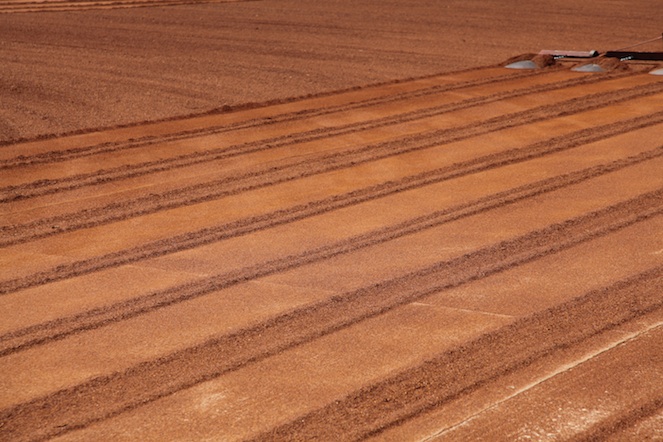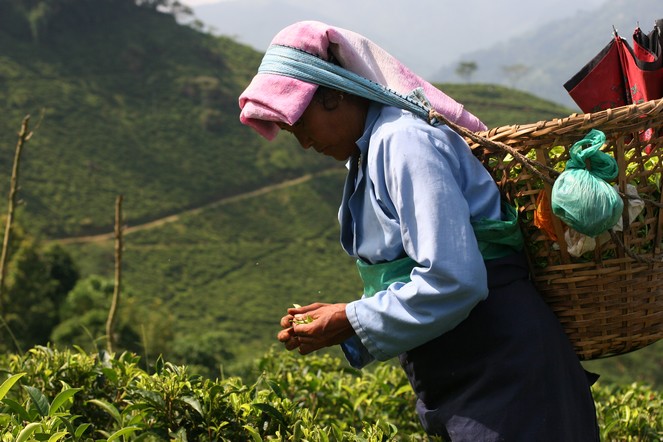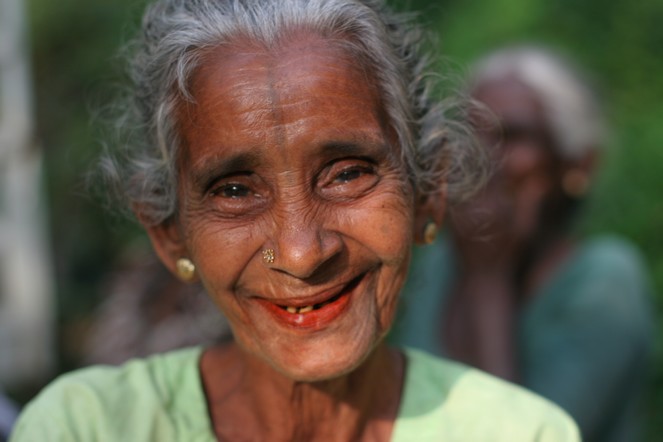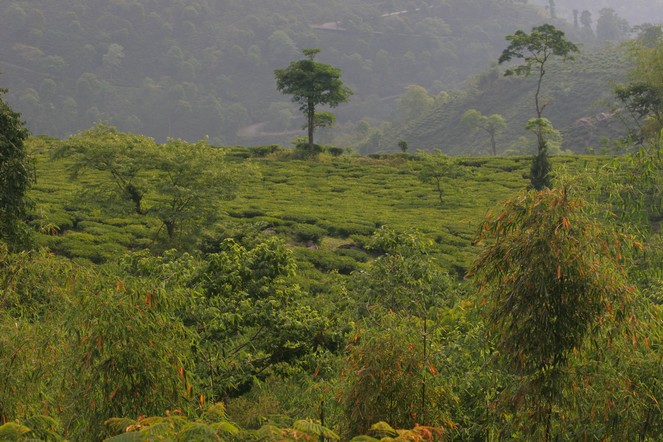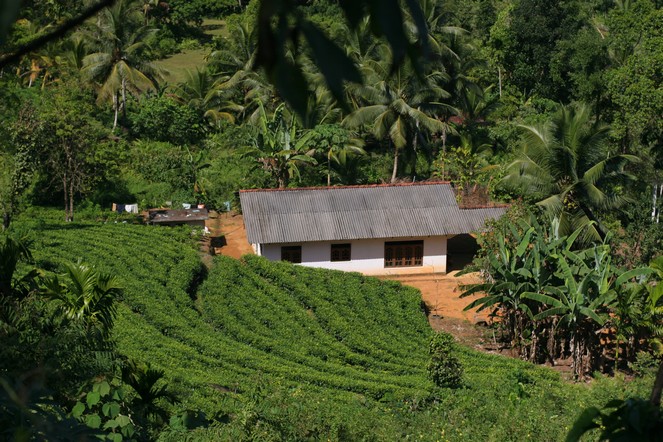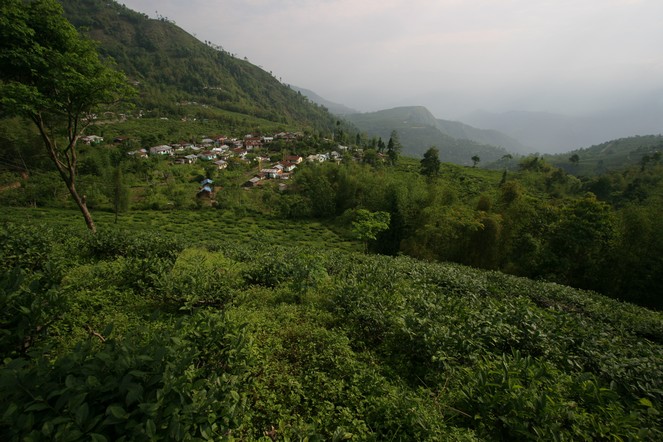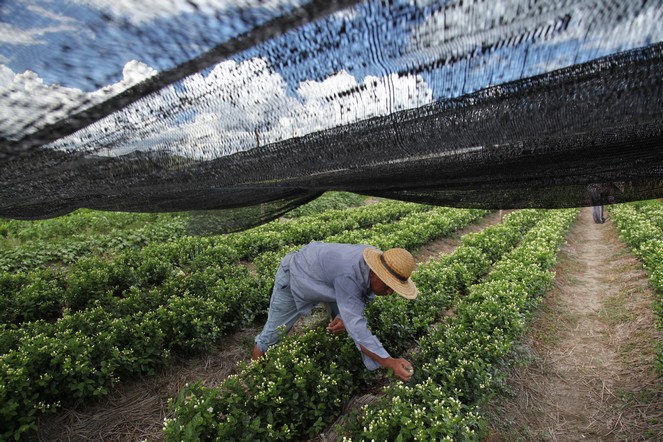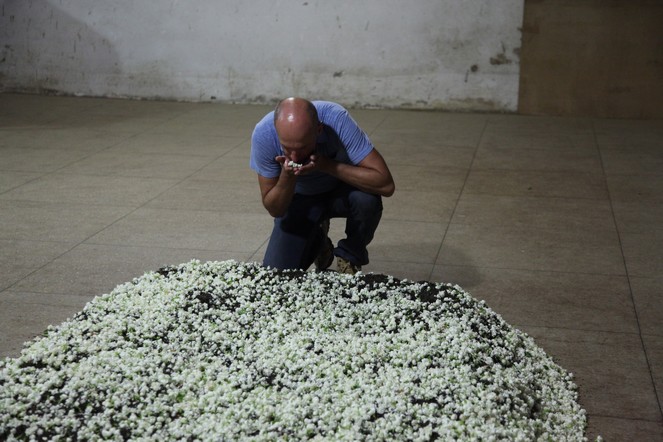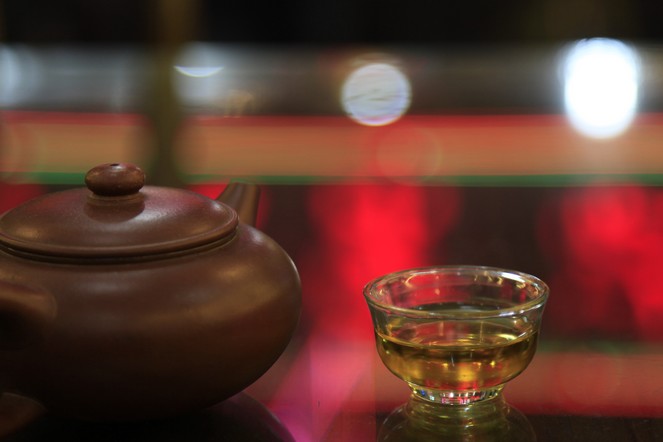The tea plant is an evergreen and its leaves do not change colour when cold weather follows the summer. So, to bring you some seasonal autumn colour, I have chosen an image of rooibos leaves spread out in very thin layers to dry on the ground, as they oxidise after being watered.
ARCHIVE FOR 2013
Teas from the Margaret’s Hope garden
The Margaret’s Hope garden is one of the best known in Darjeeling. Its reputation is justified by the quality of its teas and also because, from time to time, this plantation products batches of a truly remarkable quality. Of course, you have to taste many samples before finding a rare gem, but that is exactly what my work entails: drinking large quantities of different teas every day.
Last spring I bought a batch from Margaret’s Hope that I am sure you remember if you were lucky enough to taste it. The planter called it White Delight. And I have just chosen a Margaret’s Hope DJ512 which has such an incredible floral bouquet it is worth the detour too. For connoisseurs, it comes from the varieties P312 and AV2.
Keeping tea
The optimal storage period can vary a great deal from one tea to another. Green teas from Japan and China do not last long, and just a few months after harvest the difference in flavour is noticeable. The same goes for first flush Darjeelings. On the other hand, what are known as dark teas, the famous Pu Ers, get better with age. Lastly, many black teas as well as the most oxidised of the Wulongs often retain their qualities for years. Like this Nepalese plucker whose smile, charm and generosity are impervious to the passing of time.
The autumn Darjeelings are arriving!
At the moment I’m tasting some delicious teas from Darjeeling. The autumn harvest (third flush) is early, and I have just chosen a Phuguri DJ168 as well as a Margaret’s Hope Pure Clonal DJ512; both are quite exceptional. They should arrive in France in about 10 days. As connoisseurs know, and to simplify a little, autumn Darjeelings are generally more woody than summer Darjeelings (second flush), which in turn are fruitier than spring Darjeelings (first flush). Whatever the season, though, these teas grow on mountains that offer breathtaking views.
Small plantation in the south of Sri Lanka
Political turmoil in Darjeeling
Don’t you think this landscape evokes calmness and tranquillity? Yet I took the photo in Darjeeling, a region that has been in political turmoil for more than 30 years. At regular intervals the local party calls for strikes in the hope of achieving some autonomy in the Indian Union, and the creation of a new state, Gorkhaland. Nowadays, all roads in the region are blocked, and the shops are shut.
A very special tea plantation
The jasmine flowers that scent our tea
It is difficult to imagine the amount of work that goes into making the tea we drink. To produce one kilo of a top quality jasmine tea, for example, it takes 2.5 kilos of jasmine flowers, no less. With 100 flowers, you can make just 25 grams. So no fewer than 10,000 flowers, individually picked by hand, are needed to scent a kilo of tea. And the plucking of flowers in the time-honoured tradition, which I witnessed last week in southern China, sometimes takes place in scorching temperatures.
Scenting tea with jasmine
Evening tea in China
Instinctively, this photo makes me happy, because in Asia I discovered the pleasure of drinking tea in the evening, or even at night. In some western countries many people are reluctant to drink tea after 5 o’clock, but in China people enjoy it at any time, even late at night.
Sometimes, your cup is bathed in the warm reflections of the neon lights.

